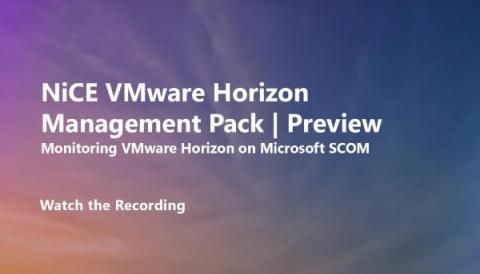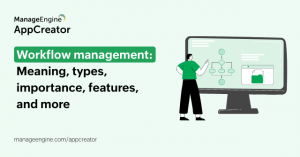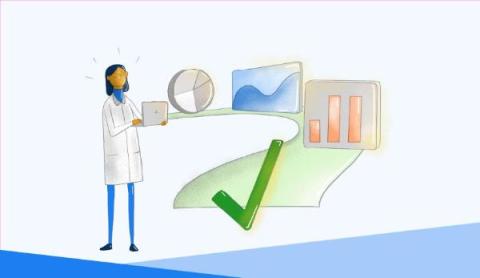Operations | Monitoring | ITSM | DevOps | Cloud
September 2023
How to deploy Grafana on Kubernetes (Grafana Office Hours #13)
Ephemeral Environments for Blue-Green Deployments: A Step-by-Step Guide
NiCE VMware Horizon Management Pack
VMware Horizon monitoring is a crucial aspect of managing virtual desktop infrastructure (VDI) environments. As an IT admin and expert in this field, it is essential to have a comprehensive understanding of the tools and techniques available for monitoring and analyzing the performance and health of your VMware Horizon deployment. One of the primary goals of VMware Horizon monitoring is to ensure that your VDI environment is running smoothly, delivering a seamless user experience.
Choosing the right workflow management system: 10 must-have features
Have you ever felt frustrated about making a lot of errors, doing repetitive tasks, or finding difficulty in collaborating with your teammates while working on projects to help your organization improve its efficiency? This is precisely where workflow management steps up, as a guiding force for teamwork and efficiency. Think of it like the director of a play, coordinating tasks and processes to create a seamless performance for successful outcomes.
Observability Pillars: Exploring Logs, Metrics and Traces
How to Reduce Continuous Monitoring Costs
3 Ways FinTechs Can Improve Cloud Observability at Scale
Financial technology (FinTech) companies today are shaping how consumers will save, spend, invest, and borrow in the economy of the future. But with that innovation comes a critical need for scalable cloud observability solutions that can support FinTech application performance, security, and compliance objectives through periods of exponential customer growth. In this blog, we explore why cloud observability is becoming increasingly vital for FinTech companies and three ways that FinTechs can improve cloud observability at scale.













